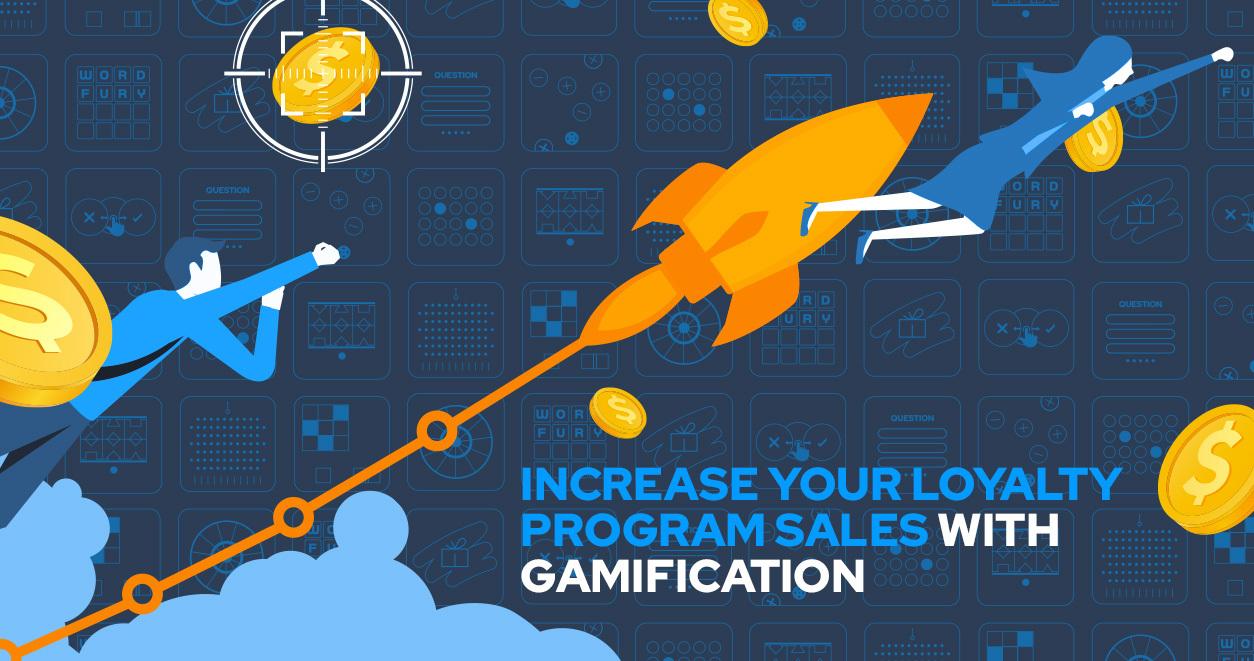Gamification isn’t necessarily new—it has existed in one form or another as early as the 1800s. However, with the fast-paced evolution of digital marketing strategies, gamification is making considerable changes to how businesses market their products.
But is this change a good thing? The answer is a resounding, “Yes!” The many benefits of gamification in marketing can help captivate your audience and even help improve your sales performance.
What is Gamification Marketing?
The answer lies in the intersection of brand experience and game design. Simply put, gamification is adopting and applying game elements and principles in a non-game context. Businesses can create engaging and rewarding experiences that captivate their audience and encourage desired behaviors by integrating elements like points, badges, and leaderboards.
How Gamification is Changing Marketing
Here are four trends illustrating how gamification is changing marketing for the better:
1. Gamification Increases User Engagement
Shopping shouldn’t be a chore—it should be a fun activity that feels rewarding. So how does gamification for a business create an engaging experience? By enticing people with something they want.
For example, the annual Spotify Wrapped viral gamificationmarketing campaign. This popular music streaming service wraps the analytics it gathers from each listener into a shareable package. This gives users a clear view of their music listening habits that year.
A week after Spotify Wrapped 2020 dropped, app downloads increased by 21%. This hugely successful program created a flywheel effect, enticing new users to download the app and encouraging legacy users to use it more often. Now, every Spotify user looks forward to sharing their end-of-the-year playlist on social media.
For more on how to increase customer engagement with gamification, check out these eight tips.
2. Gamification Leaves Users Feeling Satisfied
There’s nothing more satisfying than instant gratification. And Amazon Prime’s easily accessible public ratings, free and fast deliveries, order tracking, and dynamic deals and discounts have put it head and shoulders above other shopping experiences.
But what does gamification have to do with it?
It all goes back to the rewards system. Many of the benefits above are a direct reward for being an Amazon Prime member, and these rewards cause users to feel an instant sense of pleasure. Humans are hardwired to seek out that rush of dopamine, and satisfied, happy customers will keep coming back.
This is proof that gamification should be inherent to your business model—and a campaign can be as simple as engaging your customers with a scratch game card when they purchase their favorite whisky.
3. Gamification Motivates Audiences
Nike Run Club motivates its users to get out and run through various means, including messages encouraging users to run or exercise challenges connecting them with their friends.
The application rewards users with badges that reflect their physical activity—the more active you are, the more rewards you receive. This proved a successful marketing tool—Nike Run Club app downloads increased by 45.3% between 2019 and 2020.
Gamification goes beyond conversion to motivate people to achieve their personal goals. And your brand experience helped them get there, which is something no other competitor can take away from you.
4. Gamification Helps Develop Learning Techniques
Sometimes gamification in business isn’t about pushing a product or developing consumer habits. Instead, education is the goal.
This is most applicable to your employees, not your customers. Gamify if you wish to encourage a particular behavior or improve a process! For instance, Engine Yard increased the average response rate of its customer service agents after posting a response-time leaderboard for all employees to see.
Of course, sometimes educational gamification is about the customer, like when KFC Japan launched the game Shrimp Attack. A fun and exciting experience with a simple purpose, this game raised awareness about the fast-food chain’s new shrimp items on their menu.
Be a Part of the Change
Today’s ever-changing digital sphere will continue to influence how gamification changes marketing—and new gamification strategies will seize the attention of customers better than ever before. If you want to be on the frontline of this change, contact CataBoom today. Our gamification expertise will help your business create long-lasting engagement with your audience.








